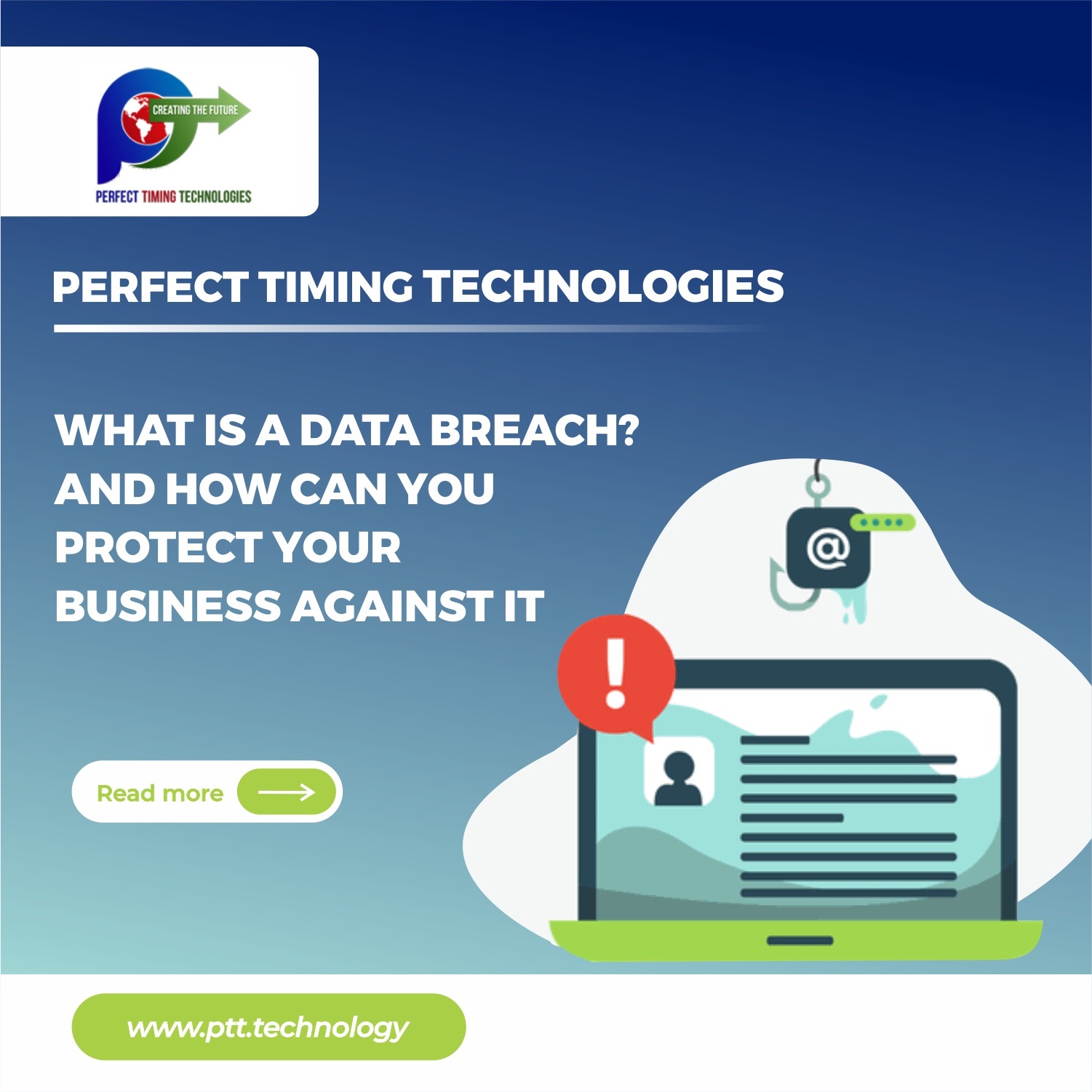
With the rapid development of technology, companies have become increasingly advanced but, at the same time, more exposed to cyber threats. An example of such a threats is a data breach. It can happen to a small business or even a large organization suddenly.
Today, we will discuss data breaches and the measures to protect businesses and employees against them.
Understanding Data Breaches
A data breach is an incident where a system’s information is stolen or taken without the owner’s authorization. The data stolen may include sensitive or confidential information such as customer data, credit card information, employee details, etc.
The consequences of a data breach can be dire, causing damage to a brand’s reputation and trust. The victim company and its customers may suffer financial losses if the stolen data contains any financial information. Most data breaches occur due to hacking or malware attacks. Other breach methods observed across different industries include insider leaks, payment card fraud, data theft or loss, and unintended disclosure. In some instances, the actual method remains undisclosed.
Different Phases of a Data Breach
There are different phases of a data breach, as discussed below:
- Research Phase: In this phase, attackers search for a target with vulnerabilities that can be exploited, such as networks, systems, or employees. It requires long hours of research by the attackers, wherein they stalk employees to determine the company’s culture they plan to attack.
- Attack Phase: Once the attacker becomes familiar with the weaknesses of the target organization, initial contact is made either through a network-based attack or a social attack. In a network-based attack, the attacker identifies the target company’s infrastructural loopholes to instigate a breach. In a social attack, the attacker uses social tactics to access the target network. An attacker might send a malicious email to a company’s employees to catch their attention and trick them into leaking crucial business information.
- Extraction Phase: In this phase, the attacker has entered the targeted network, and they can easily extract any crucial information or data from the company’s network. The data extracted gets utilized by the hacker for blackmailing or cyber propaganda purposes. The information collected and used maliciously can damage that company’s infrastructure.
Best Practices to Avoid Data Breaches
As a business, you can adopt the following best practices:
- The company’s IT team should ensure that all network systems are patched and up-to-date to prevent any exploitation from attackers.
- Educate employees about cyber theft and train them on social engineering tactics and how to deal with sudden malware or ransomware attacks, if any, are encountered.
- Conduct regular security audits to ensure all systems connected to the company network get accounted for.
- Follow a proactive approach by planning a disaster recovery strategy. Inform employees about this plan to ensure they are also ready to tackle any such situation.
As an employee, you can take the following measures against data breaches:
- Always keep track of your banking transactions and immediately follow up with your bank on any unusual cash withdrawals or payments.
- Be mindful of what you post on your social media accounts. Try to conceal personal information as much as possible.
- Ensure that the devices you use, including laptops, tablets, and mobiles, are secured by security software.
- Avoid opening emails from unknown senders. The content present in the email might have a suspicious attachment.
Final Thoughts
Understanding data breaches is vital for individuals and companies alike. To ensure the security of your company data, it is crucial to adopt various data protection strategies in 2024.
If you are new in the business world, come to us and get expert advice. We make digital transformation easy for our clients and also offer the best IT consultation in town.







